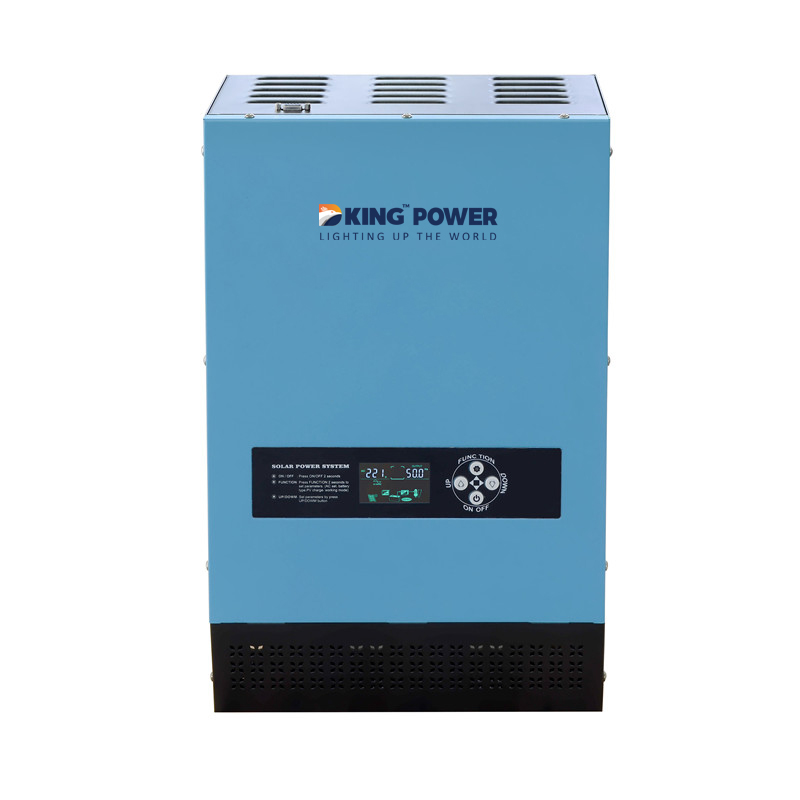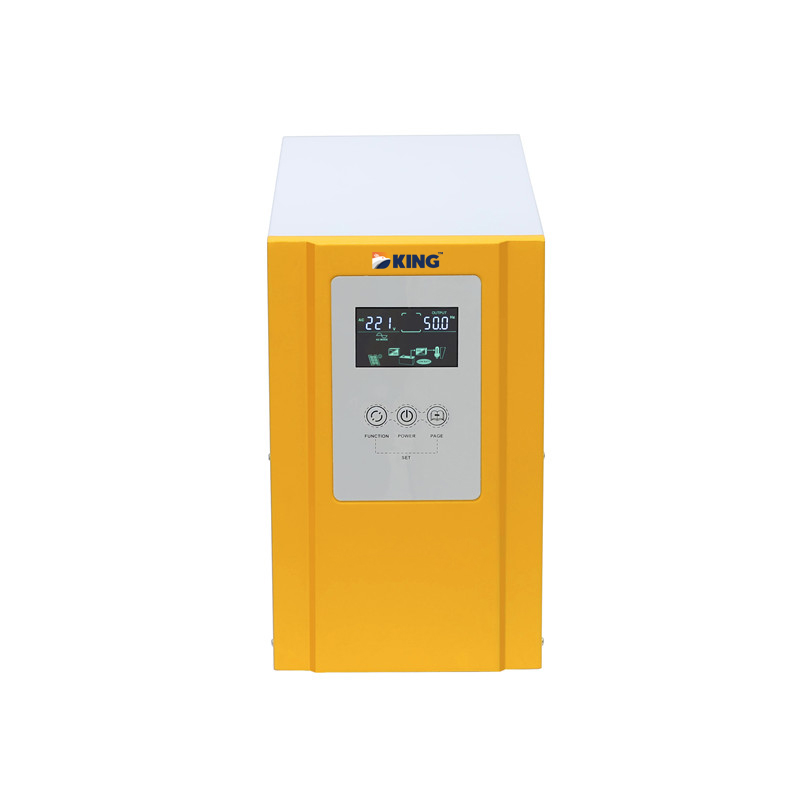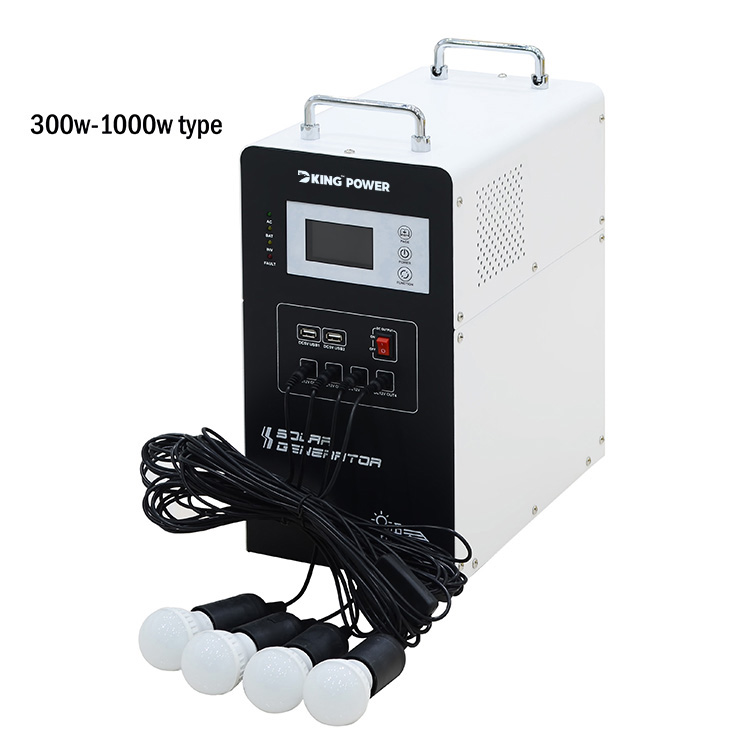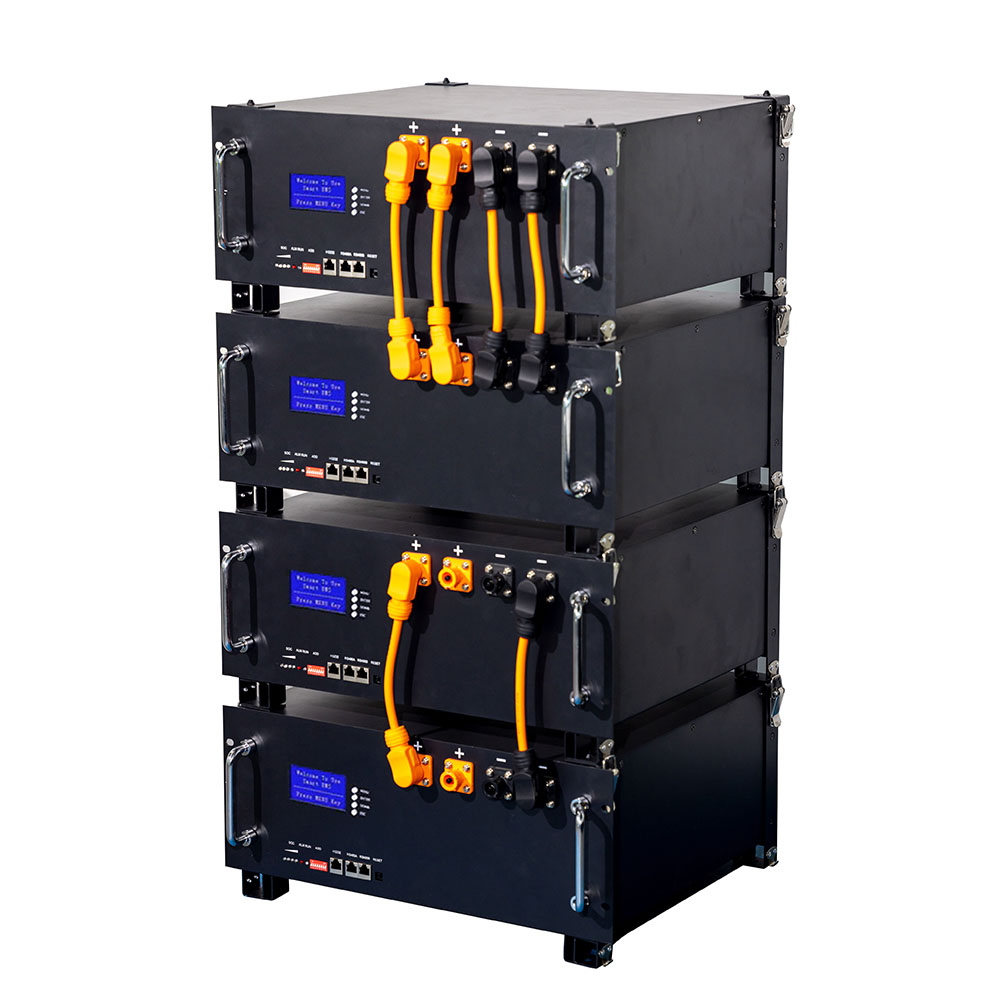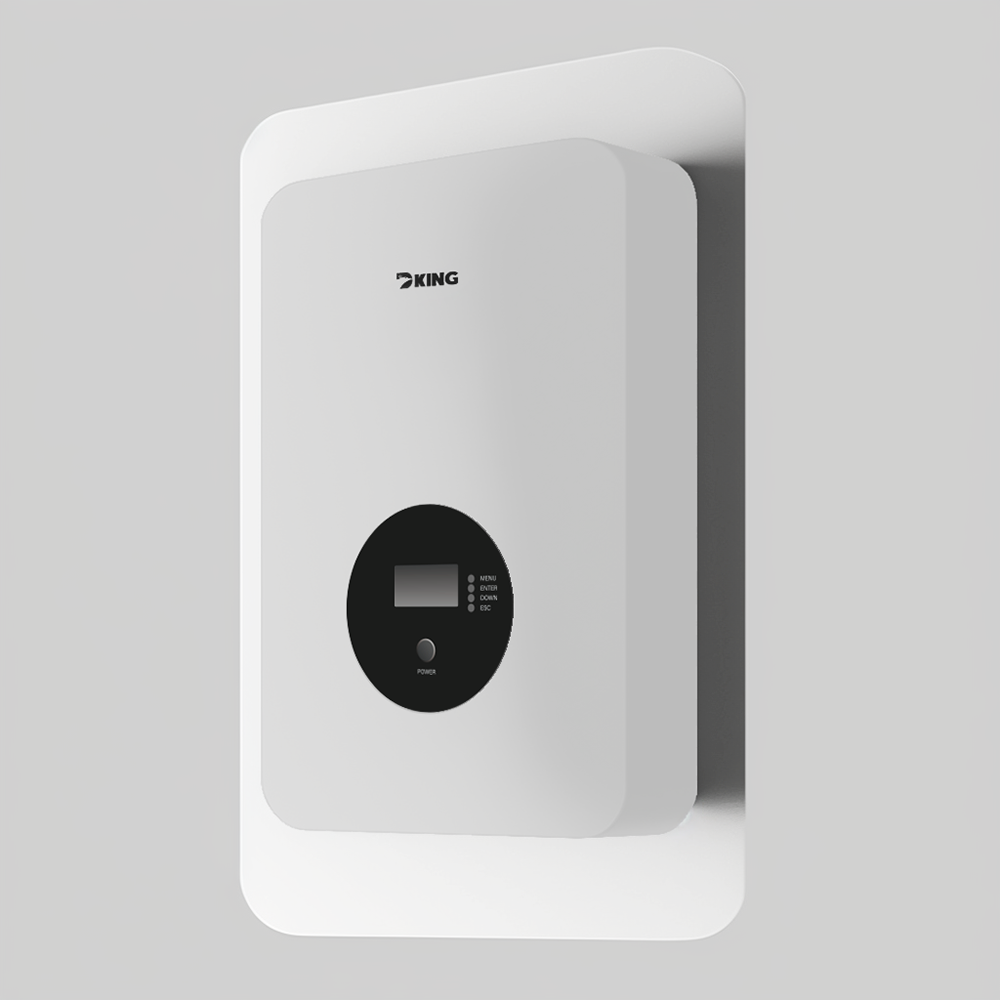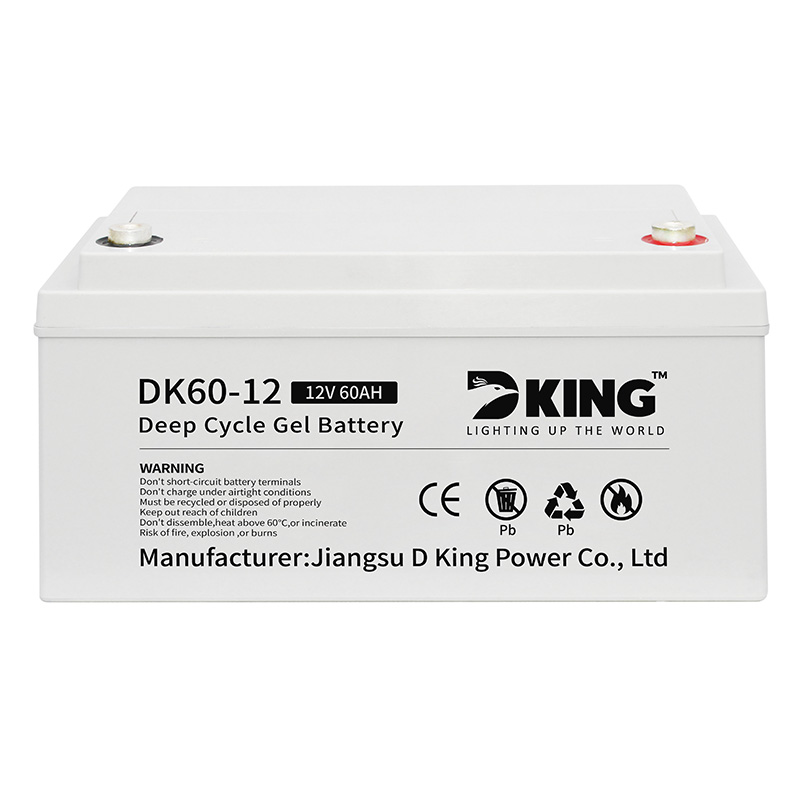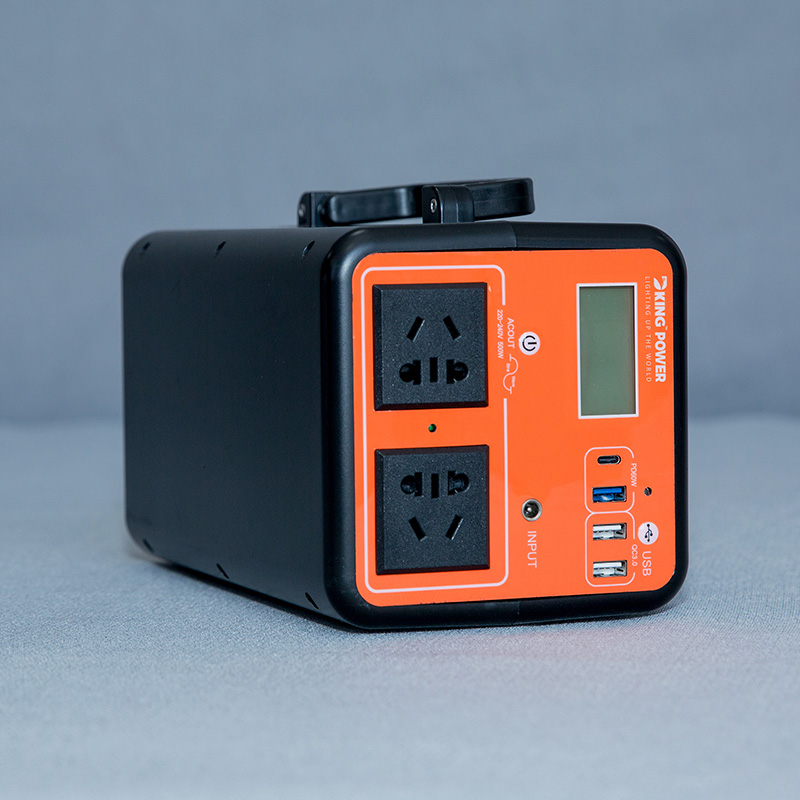
| Model | Voltage | Actual capacity | N.W. | L*W*H*Total hight |
| DKGB-1240 | 12v | 40ah | 11.5kg | 195*164*173mm |
| DKGB-1250 | 12v | 50ah | 14.5kg | 227*137*204mm |
| DKGB-1260 | 12v | 60ah | 18.5kg | 326*171*167mm |
| DKGB-1265 | 12v | 65ah | 19kg | 326*171*167mm |
| DKGB-1270 | 12v | 70ah | 22.5kg | 330*171*215mm |
| DKGB-1280 | 12v | 80ah | 24.5kg | 330*171*215mm |
| DKGB-1290 | 12v | 90ah | 28.5kg | 405*173*231mm |
| DKGB-12100 | 12v | 100ah | 30kg | 405*173*231mm |
| DKGB-12120 | 12v | 120ah | 32kgkg | 405*173*231mm |
| DKGB-12150 | 12v | 150ah | 40.1kg | 482*171*240mm |
| DKGB-12200 | 12v | 200ah | 55.5kg | 525*240*219mm |
| DKGB-12250 | 12v | 250ah | 64.1kg | 525*268*220mm |




Lead ingot raw materials
Polar plate process
Electrode welding
Assemble process
Sealing process
Filling process
Charging process
Storage and shipping
 The difference between lead-acid battery and gel battery Is it better to choose lead-acid battery or gel battery for solar cell? What's the difference? First of all, these two kinds of batteries are energy storage batteries, which are suitable for solar power generation equipment. The specific choice depends on your environment and requirements. Lead acid battery and gel battery both use the cathode absorption principle to seal the battery. When Xili battery is charged, the positive pole will release oxygen and the negative pole will release hydrogen. Oxygen evolution from the positive electrode starts when the positive electrode charge reaches 70%. The oxygen precipitated reaches the cathode and reacts with the cathode as follows to achieve the purpose of cathode absorption. The hydrogen evolution of the negative electrode starts when the charge reaches 90%. In addition, the reduction of oxygen on the negative electrode and the improvement of the hydrogen overpotential of the negative electrode itself prevent a large amount of hydrogen evolution reaction. The big difference between the two is electrolyte curing. For lead-acid batteries, although most of the electrolyte of the battery is kept in the AGM membrane, 10% of the membrane pores must not enter the electrolyte. The oxygen generated by the positive electrode reaches the negative electrode through these pores and is absorbed by the negative electrode. For gel battery, the silicon gel in the battery is a three-dimensional porous network structure composed of SiO particles as the skeleton, which encapsulates the electrolyte inside. After the silica sol filled by the battery turns into gel, the framework will further shrink, so that cracks in the gel will appear between the positive and negative plates, providing a channel for the oxygen released from the positive electrode to reach the negative electrode. It can be seen that the sealing principle of the two batteries is the same, and the difference lies in the way of "fixing" electrolyte and the way of providing oxygen to reach the negative electrode channel. Moreover, there are also great differences between the two types of batteries in structure and technology. Lead acid batteries use pure sulfuric acid solution as electrolyte. The electrolyte of colloidal sealed lead acid batteries is composed of silica sol and sulfuric acid. The concentration of sulfuric acid solution is lower than that of lead acid batteries. After that, the discharge capacity of Xili battery is also different. Colloid electrolyte formula, control the size of colloidal particles, add hydrophilic polymer additives, reduce the concentration of colloidal solution, improve the permeability and affinity to the electrode plate, adopt vacuum filling process, replace the rubber separator with composite separator or AGM separator, and improve the liquid absorption of the battery; The discharge capacity of the gel sealed battery can reach or approach the level of the open lead battery by eliminating the sedimentation tank of the battery and moderately increasing the content of active substances in the plate area. AGM sealed lead acid batteries have less electrolyte, thicker plates, and lower utilization rate of active substances than open type batteries, so the discharge capacity of Xili batteries is about 10% lower than that of open type batteries. Compared with today's gel sealed battery, its discharge capacity is smaller. That is to say, the price of gel battery will be relatively high.
The difference between lead-acid battery and gel battery Is it better to choose lead-acid battery or gel battery for solar cell? What's the difference? First of all, these two kinds of batteries are energy storage batteries, which are suitable for solar power generation equipment. The specific choice depends on your environment and requirements. Lead acid battery and gel battery both use the cathode absorption principle to seal the battery. When Xili battery is charged, the positive pole will release oxygen and the negative pole will release hydrogen. Oxygen evolution from the positive electrode starts when the positive electrode charge reaches 70%. The oxygen precipitated reaches the cathode and reacts with the cathode as follows to achieve the purpose of cathode absorption. The hydrogen evolution of the negative electrode starts when the charge reaches 90%. In addition, the reduction of oxygen on the negative electrode and the improvement of the hydrogen overpotential of the negative electrode itself prevent a large amount of hydrogen evolution reaction. The big difference between the two is electrolyte curing. For lead-acid batteries, although most of the electrolyte of the battery is kept in the AGM membrane, 10% of the membrane pores must not enter the electrolyte. The oxygen generated by the positive electrode reaches the negative electrode through these pores and is absorbed by the negative electrode. For gel battery, the silicon gel in the battery is a three-dimensional porous network structure composed of SiO particles as the skeleton, which encapsulates the electrolyte inside. After the silica sol filled by the battery turns into gel, the framework will further shrink, so that cracks in the gel will appear between the positive and negative plates, providing a channel for the oxygen released from the positive electrode to reach the negative electrode. It can be seen that the sealing principle of the two batteries is the same, and the difference lies in the way of "fixing" electrolyte and the way of providing oxygen to reach the negative electrode channel. Moreover, there are also great differences between the two types of batteries in structure and technology. Lead acid batteries use pure sulfuric acid solution as electrolyte. The electrolyte of colloidal sealed lead acid batteries is composed of silica sol and sulfuric acid. The concentration of sulfuric acid solution is lower than that of lead acid batteries. After that, the discharge capacity of Xili battery is also different. Colloid electrolyte formula, control the size of colloidal particles, add hydrophilic polymer additives, reduce the concentration of colloidal solution, improve the permeability and affinity to the electrode plate, adopt vacuum filling process, replace the rubber separator with composite separator or AGM separator, and improve the liquid absorption of the battery; The discharge capacity of the gel sealed battery can reach or approach the level of the open lead battery by eliminating the sedimentation tank of the battery and moderately increasing the content of active substances in the plate area. AGM sealed lead acid batteries have less electrolyte, thicker plates, and lower utilization rate of active substances than open type batteries, so the discharge capacity of Xili batteries is about 10% lower than that of open type batteries. Compared with today's gel sealed battery, its discharge capacity is smaller. That is to say, the price of gel battery will be relatively high.




